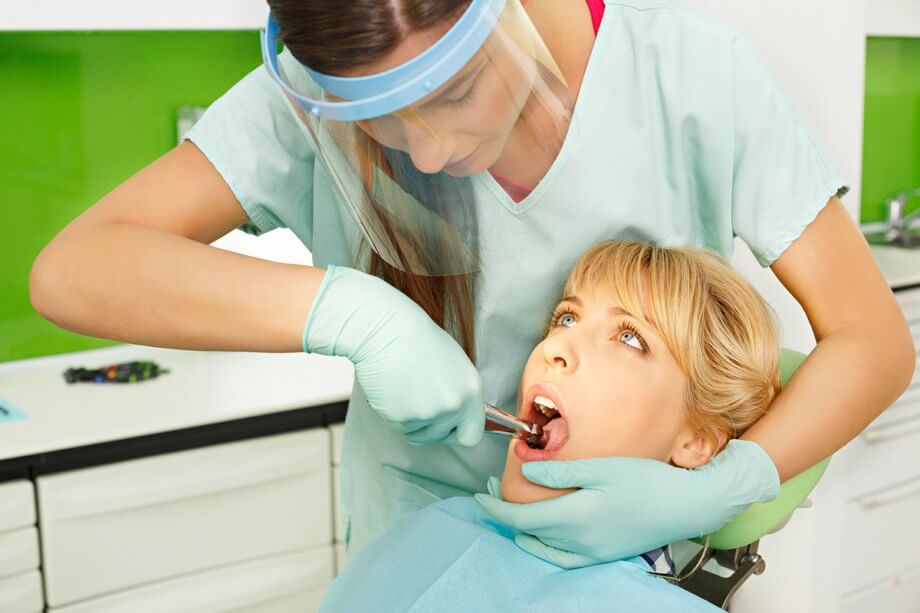While dentists and dental specialists will do everything possible to preserve a natural tooth, an extraction is sometimes necessary. This routine procedure can remove a damaged tooth to boost a patient’s oral health or to reduce overcrowding.
As the patient, knowing what to expect can help ensure that you are prepared for your oral surgery.
What to Expect During a Tooth Extraction
You may be surprised at just how quick a tooth extraction appointment is. Your oral surgeon will numb the extraction area with a local anesthetic. This will keep you from feeling any pain for the duration of the procedure though it is normal to feel pulling or pressure.
Using special tools, the specialist will loosen and remove the tooth. Often, in just a matter of minutes, the tooth will be out. However, it is not uncommon for some extractions to take a little longer — especially under certain circumstances.
You will likely be given a piece of wet gauze and asked to bite down on it as applying pressure to the area helps to reduce the bleeding.
It may take a couple of hours for the numbing agent to wear off. When it does, expect to feel some mild discomfort. This is temporary and can be relieved with over-the-counter pain medicine.
Be sure to follow your oral surgeon’s aftercare instructions.
Will Sedation Be Used For the Procedure?
Patients who require a little more than just the local anesthetic may also have sedation. For instance, a combination of local anesthetic and conscious sedation will allow the patient to remain aware of their surroundings while feeling completely calm and relaxed.
Sometimes, general anesthesia may be used. This is much stronger and puts patients in a twilight sleep. They will not likely remember the procedure when it is completed.
Both types of sedation will take time to wear. You may continue to feel groggy for a couple of hours after the extraction is complete.
Driving After a Tooth Extraction
How will you get home after your tooth extraction? Can you drive? Well, it depends. If a local anesthetic was used without sedation, you can absolutely drive after the procedure if you think you will feel up for it. It is not uncommon for some patients to bring someone along just so they don’t have to worry about that responsibility.
If you had any form of sedation, such as conscious sedation or general anesthesia, you cannot drive following the treatment. Many oral surgeons and dental offices will make it a requirement that someone is in the waiting room for you to ensure you get home safely.
When you have your consultation with your dental team before your extraction, you can discuss what is recommended based on your specific needs so that you can be prepared.
Frequently Asked Questions about Teeth Extractions
How long do I have to wait after an extraction to get a dental implant?
The time you will have to wait before getting a dental implant will vary from patient to patient. Your oral surgeon may require you to heal first which can take a couple of months. Or, they may be able to place the implant right away.
Can you drink water after a tooth extraction?
Yes, you can drink water after a tooth extraction. This will help you stay hydrated and reduce the risk of infection. Do not drink through a straw as it could dislodge the blood clot in the socket.
Learn More About Extractions
The team at Rio Grande Oral Surgery & Dental Implant Center has extensive experience in successfully extracting teeth. We can discuss with you all the details of the procedure as it pertains to your treatment, as well as everything you need to know about aftercare — including whether or not you will be able to drive home.
Contact us at 505-821-2111 or request an appointment online.

